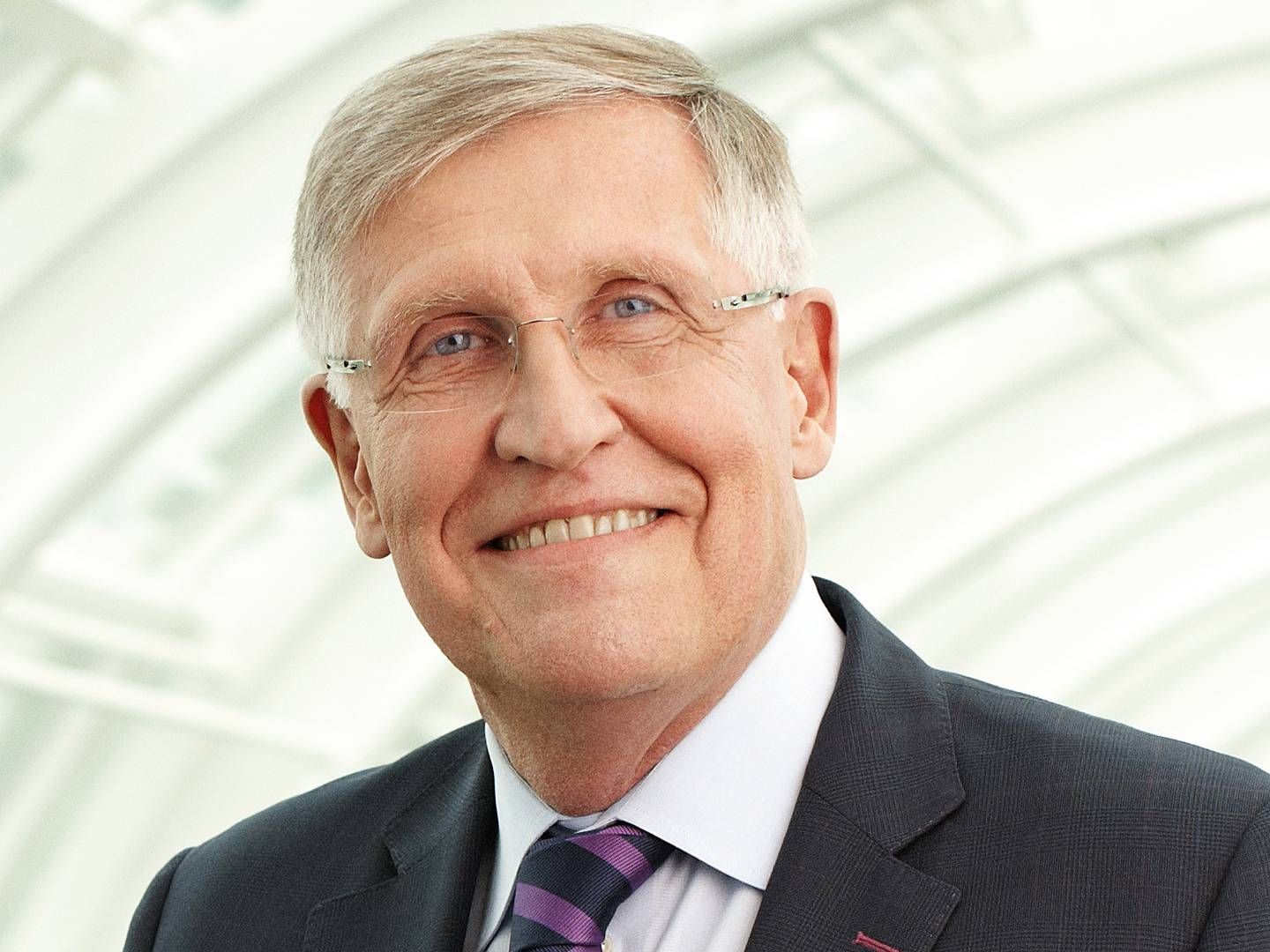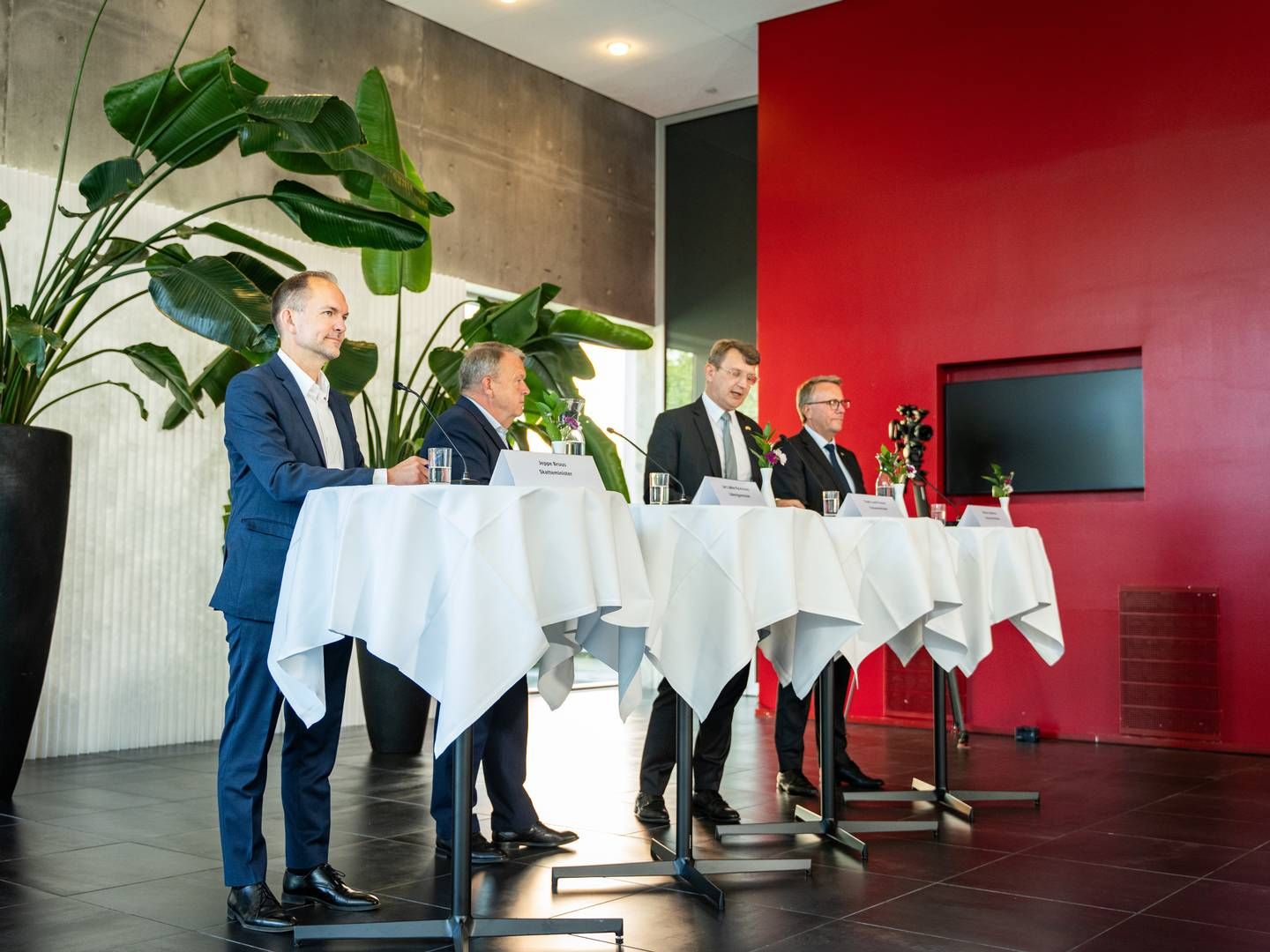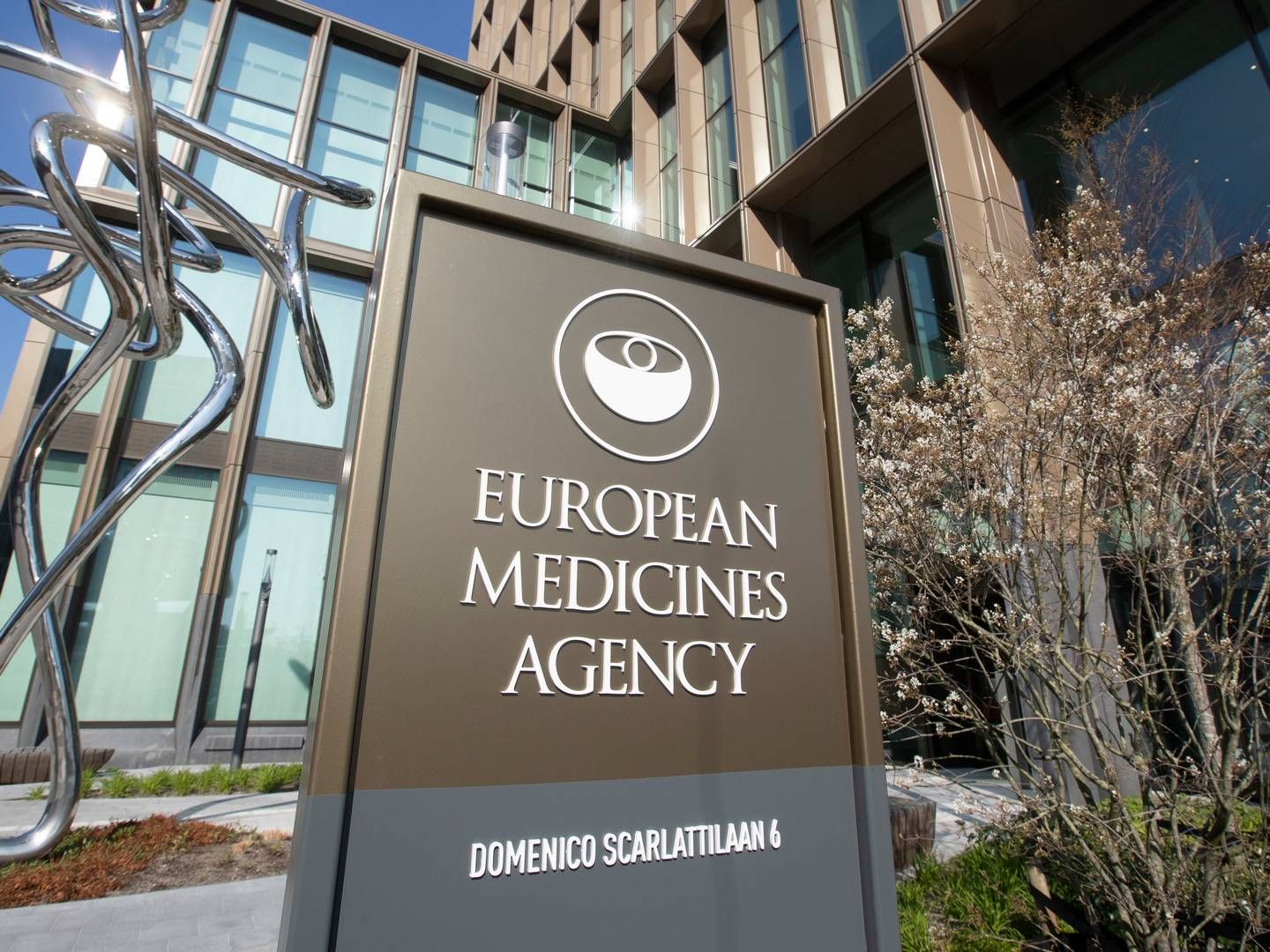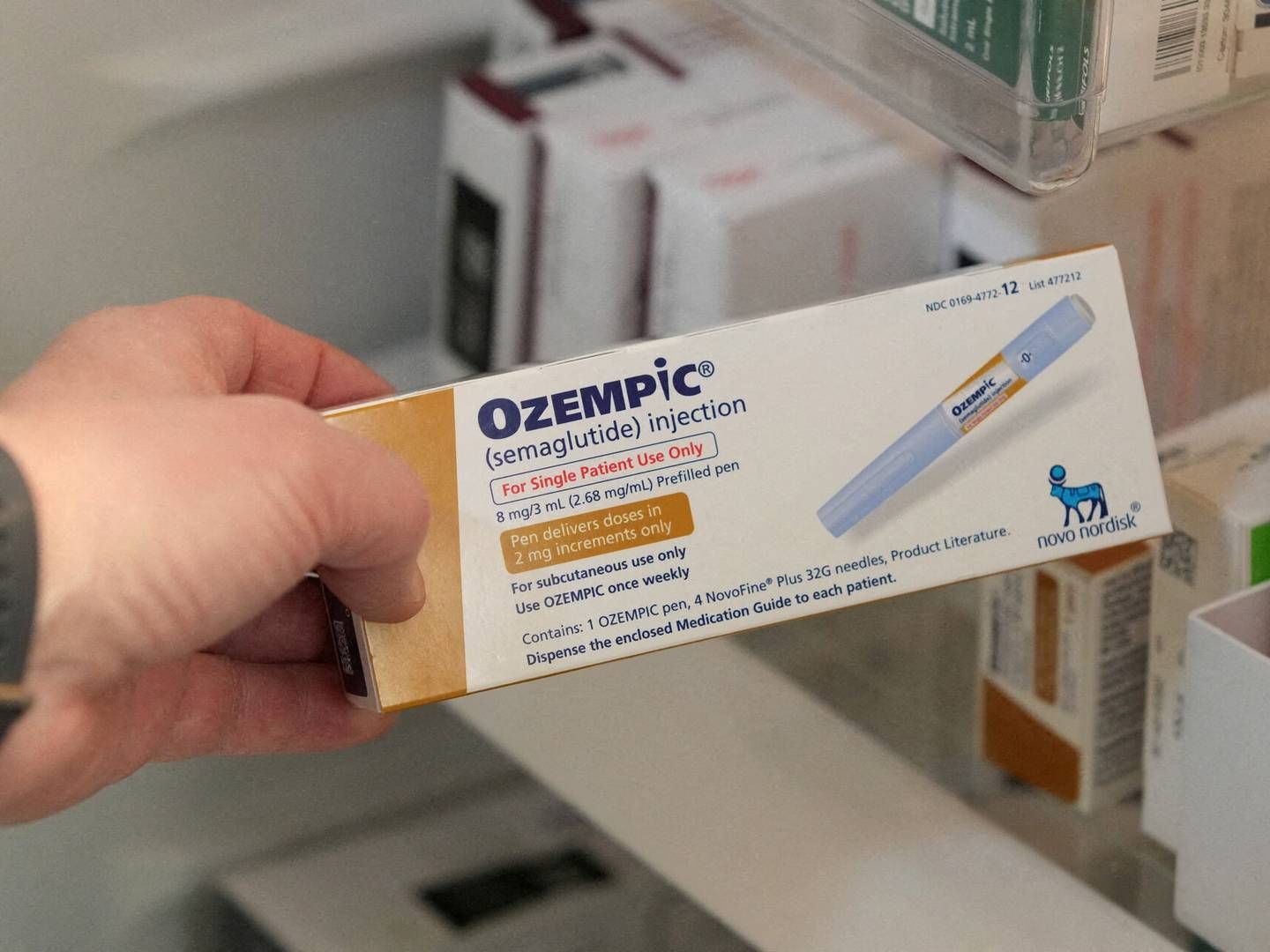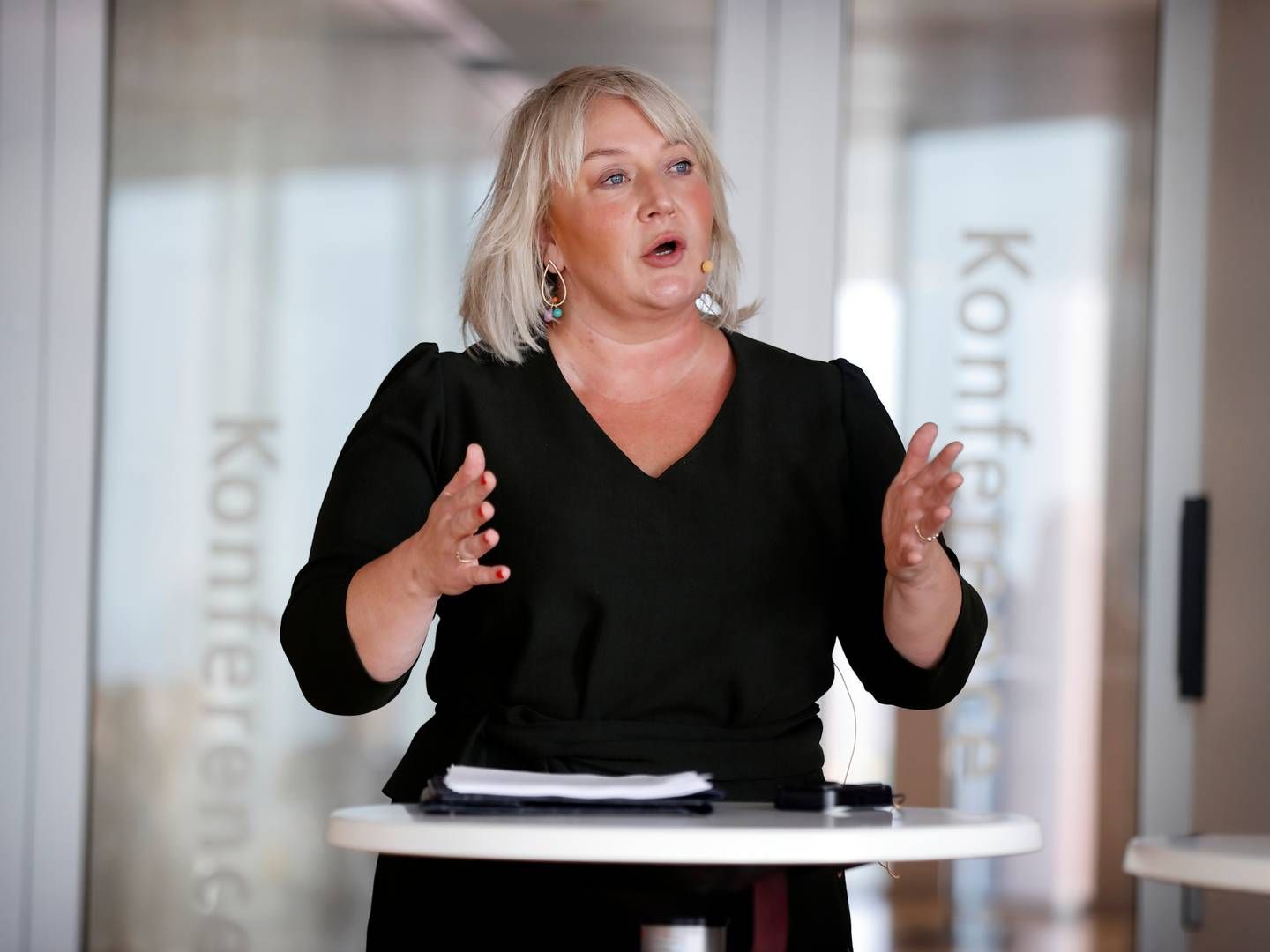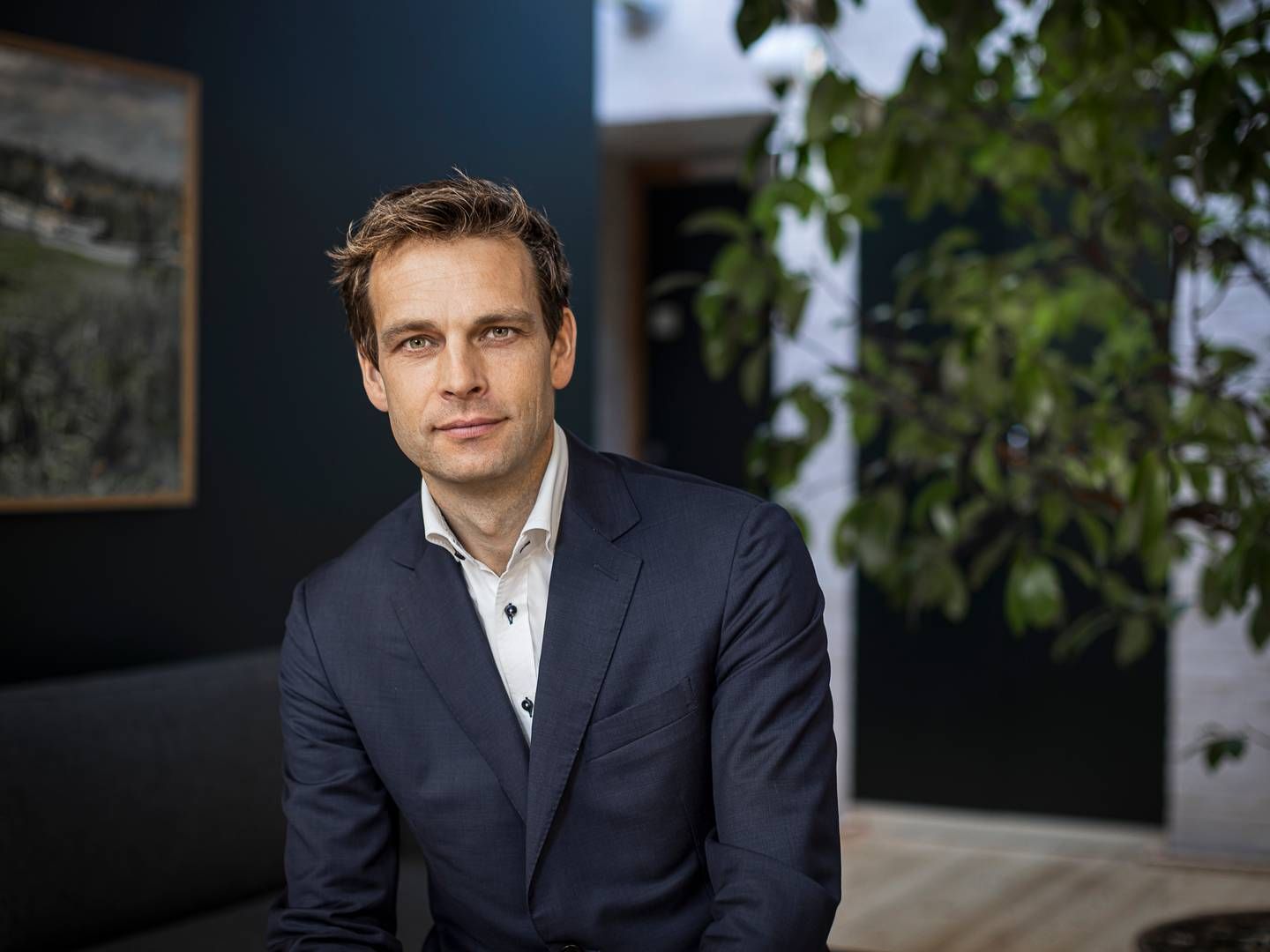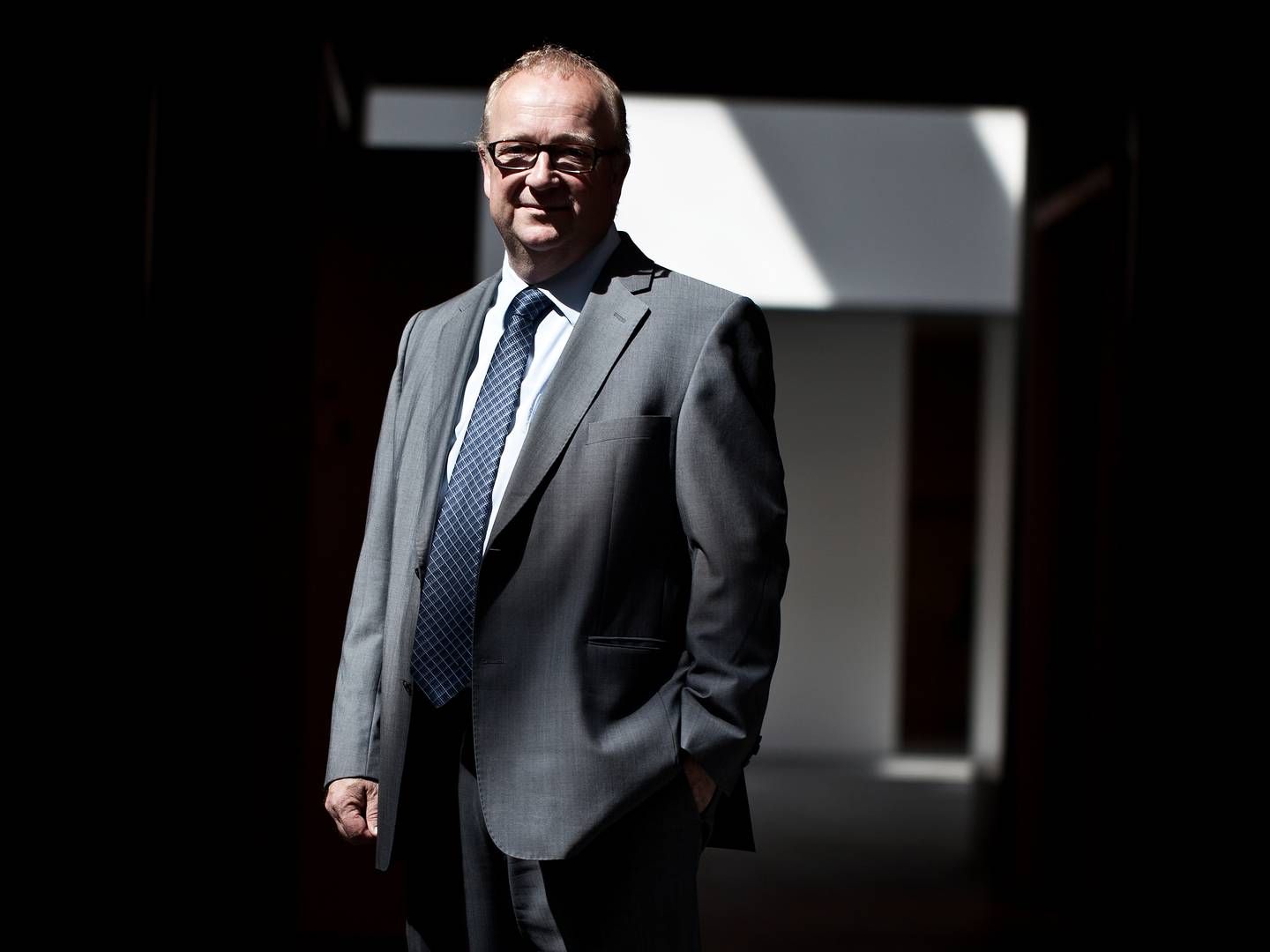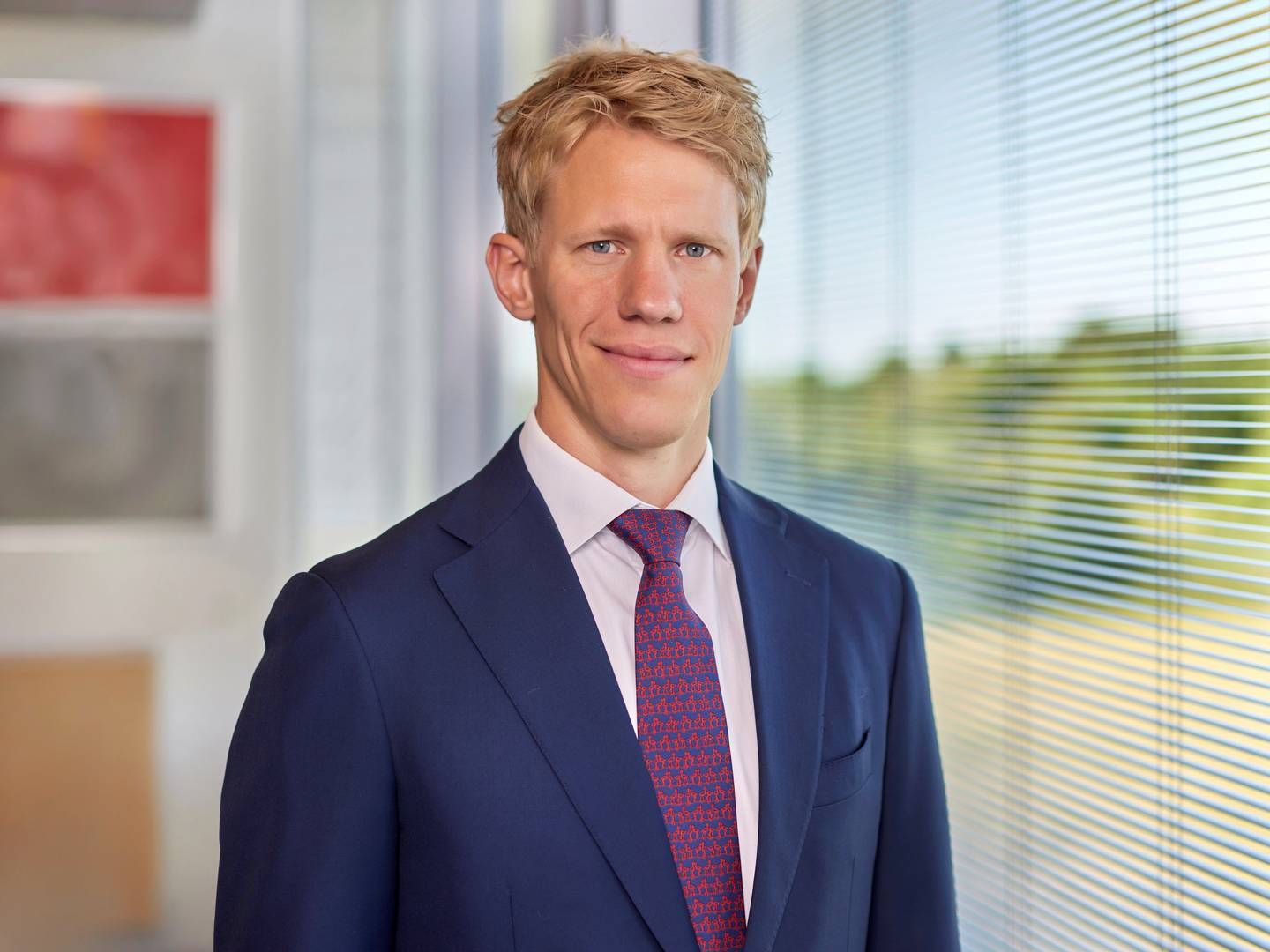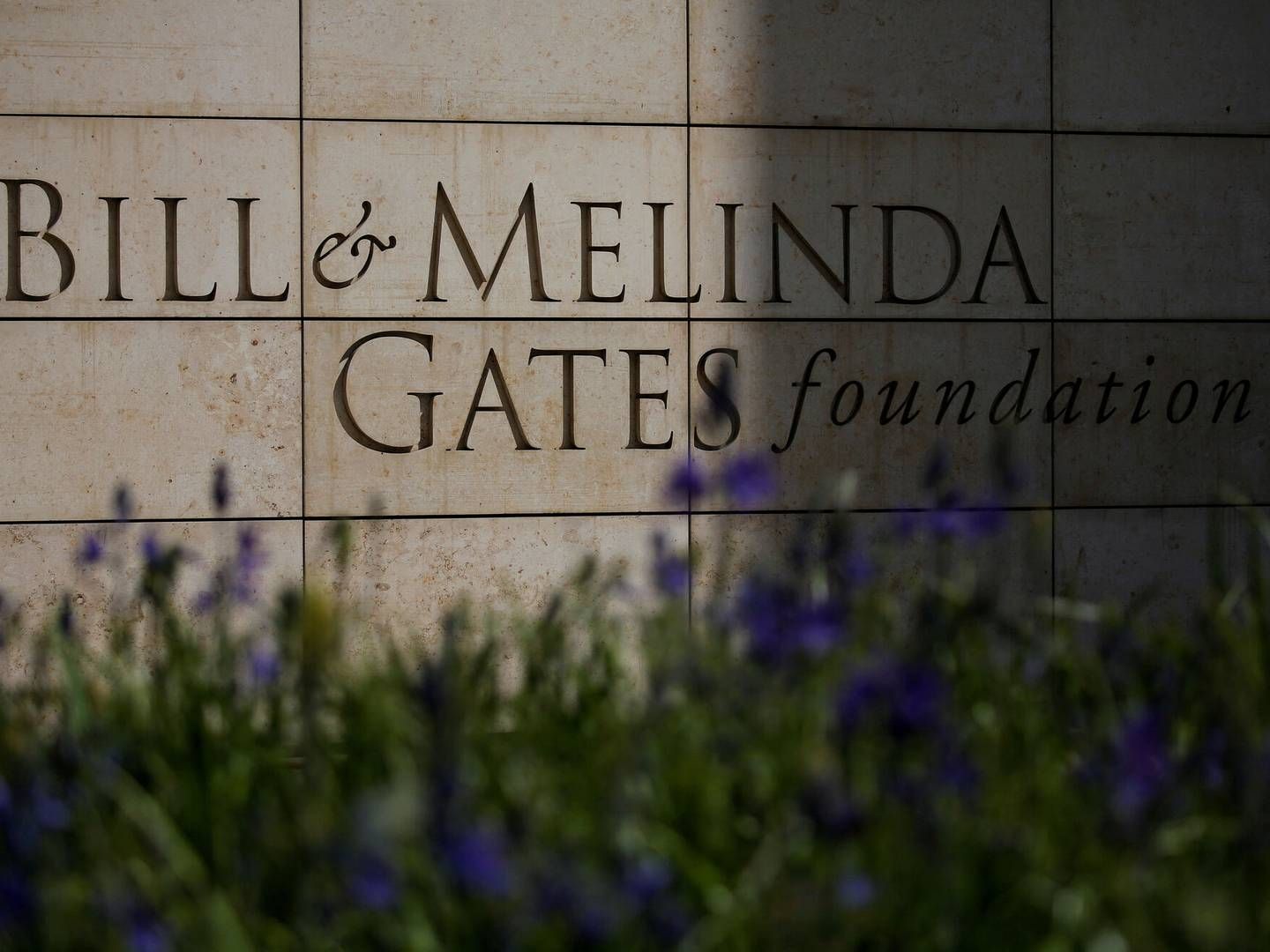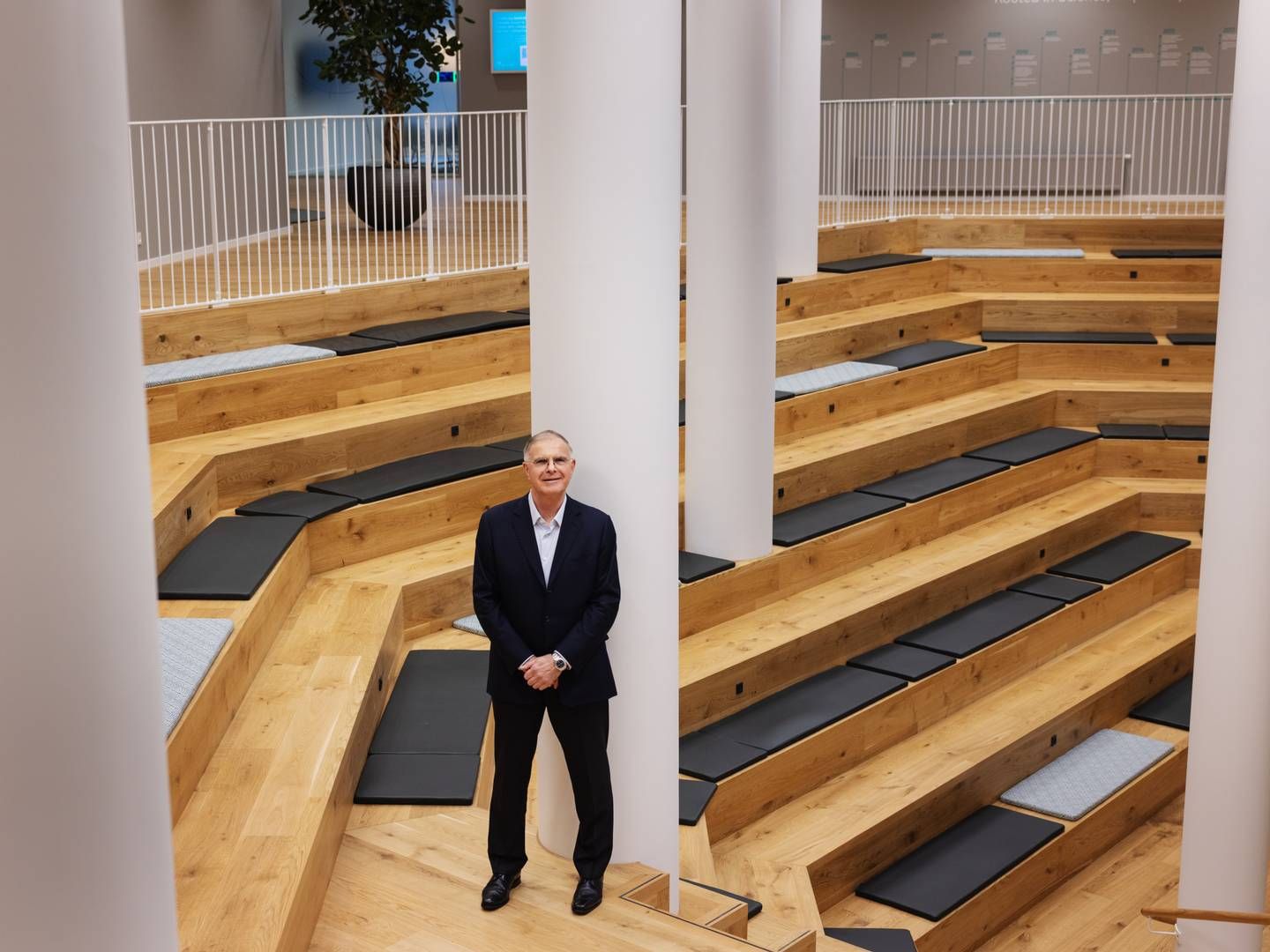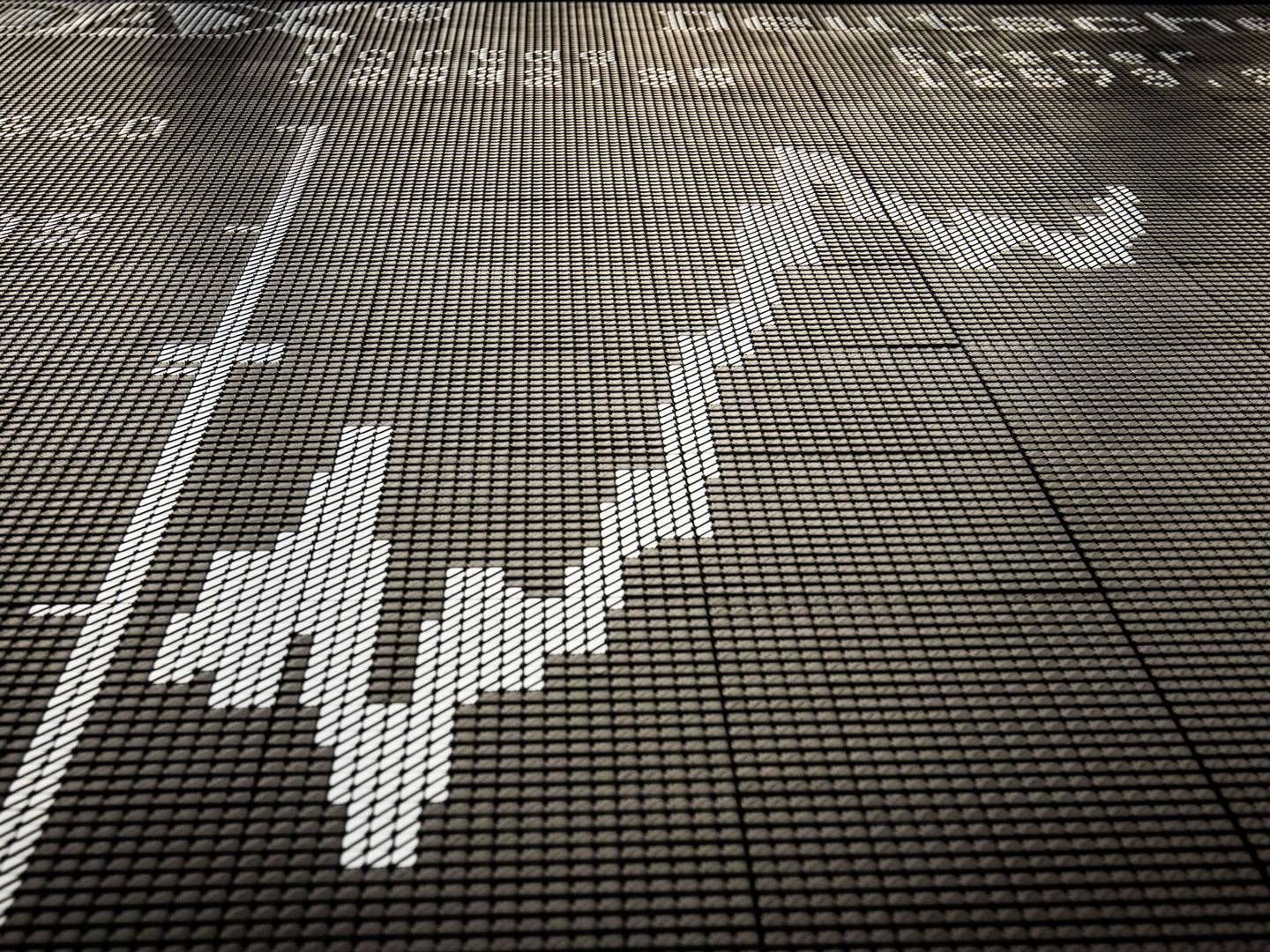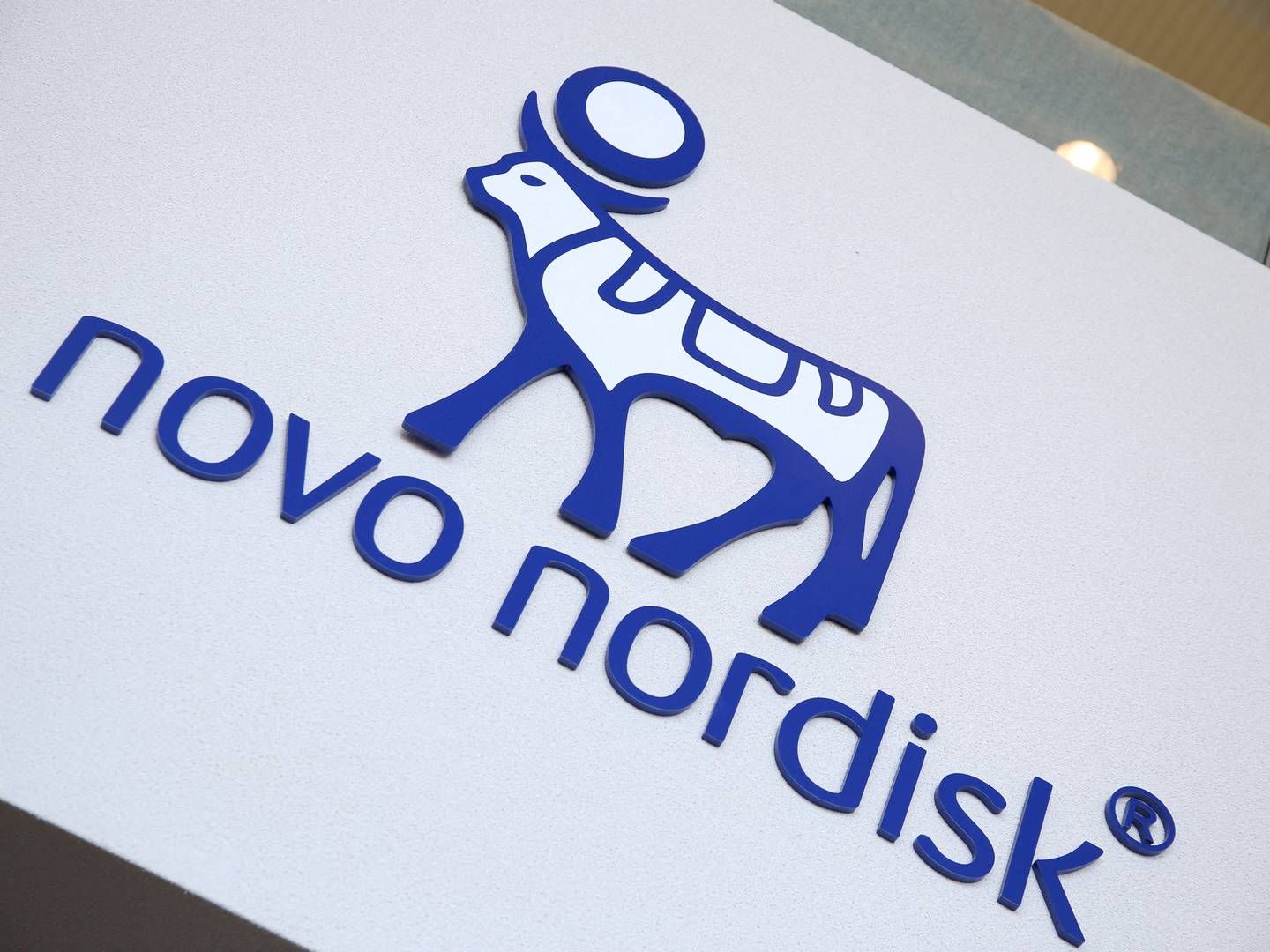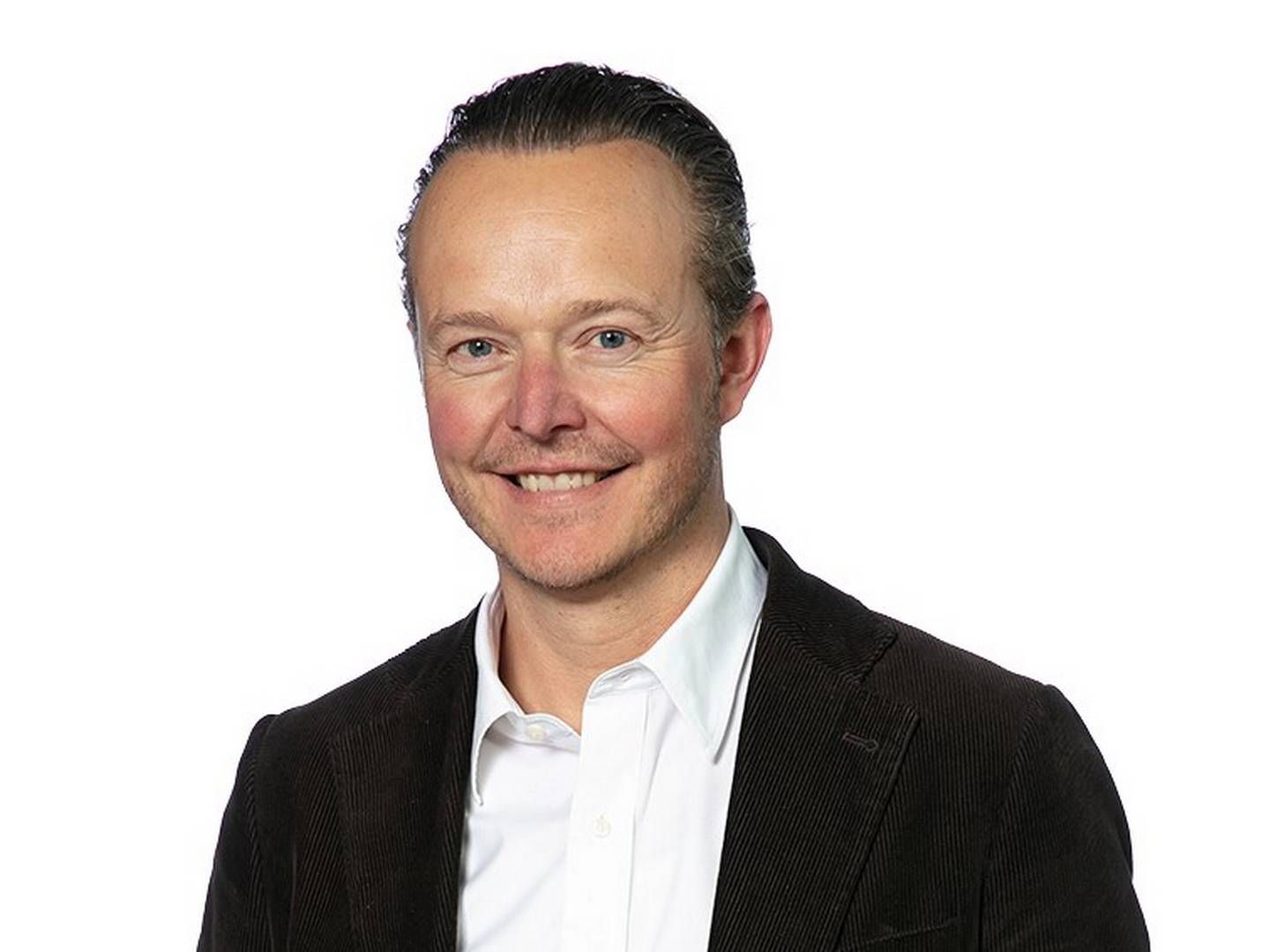Novo CEO: I was perhaps a bit naive
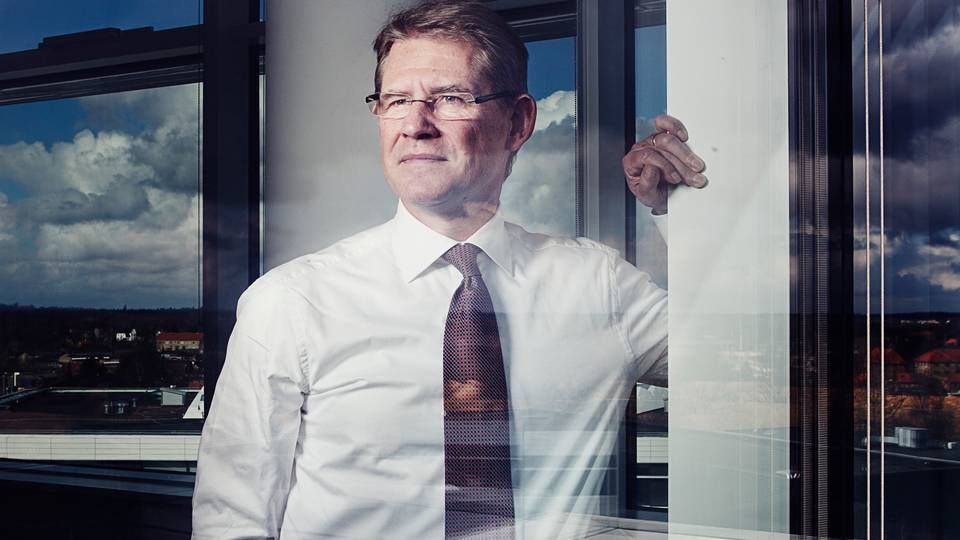
As CEO of Novo Nordisk, Lars Rebien Sørensen is no stranger to big ambitions or setting ambitious targets for himself and his employees, but some might bite off more than they can chew, he acknowledges a Thursday afternoon at the company’s training center situated outside of Copenhagen.
Here Novo Nordisk has invited a slew of journalists from across Europe in order to discuss the company’s comings and goings. And this is here where the CEO hints that he also might in one regard have bitten of more than he could chew back in 2000 he was appointed the new CEO of Novo Nordisk.
Gain access to all our content for 40 days free of charge
“I was perhaps a little naïve, when I took over the top job 15 years ago, in saying that we were 15 years away from curing diabetes. We are probably still 15 years away from curing diabetes. Are are we? What we have not communicated as much is that together with the academic world, we have found mammal stem cells which can mimic beta cell function,” says Rebien and continues:
“If we can find a way to encapsulate these cells and transplant them into patients, then we may have found a curative treatment. For these certain types of diabetes, but not for the hundreds of millions of patients, since there are so many factors that come into play, including autoimmune reactions. However, we may be able to transform life quality for a number of patients, which have a very challenging type of diabetes. That could be 10-15 years away in the future. I will not live to see it, in any case. Or I will be alive, but I will not be a part of the company at that point. We are working on it.”
Why destroy a phenomenal business?
But why talk about curing diabetes at all, when treatment of the illness is a “phenomenal business” for Novo Nordisk, as the CEO himself puts it. Due to increasing problems with the illness, it has become one of the most valuable companies in Europe.
“But if we can cure it, then we will cure it. Because if it can be done, it’s better that we do it, than another company. It's that simple,” he says, adding:
“However I must admit that we are not using all of our research resources in this area. There are still some technological barriers which must first be overcome, before we can upscale it.”
Many barriers
These technological barriers were recently touched upon by head of research Mads Krogsgaard Thomsen at an investor conference in the wake of the company’s first quarterly report published at the end of April.
“When it comes to stem cells, we have been active since the 1990s, and we are actually very active, which means that we have also gone down the differentiation route from human embryonic stem cells all the way to something which involves active, in-vivo glucose-sensitive adult phenotype cells which make all the right kinds of things,” says Krogsgaard Thomsen, adding:
“There are many barriers which must still be overcome in the form of encapsulation, oxidation and a range of other things to think about. But it is very exciting, and there is progress at both Harvard and Novo Nordisk, and other places.”
Because we can
Stem cell research is one thing. Another is the technology needed in terms of encapsulating the cells.
“We are probably at least 12 months from developing something which can be encapsulated, and we will need external collaboration when it comes to housing. This could be MIT, for example.”
According to Rebien Sørensen, investments in stem cell research are currently at a level which means that between one and two percent of the total diabetes research budget for stem cells is used. In 2015, Novo Nordisk spent circa USD 2.0 million on research and development, and according to the company USD 456 million of this is directed at diabetes research specifically. That means that in 2015, between USD 4.5 million and USD 9.1 million was directed at stem cell research efforts.
“At the same time, I must also mention that stem cell research, as it appears now, seems like a project where we will likely not be able to generate financial returns. Even if we are successful at it. But sometimes we do things, because we have to. And because we can.”
Novo Nordisk paves the way for bigger pay packages
Relaterede artikler
Novo Nordisk paves the way for bigger pay packages
For abonnenter
Strong growth in Novo's Southeast Asian organization
For abonnenter
Analyst: ”A great day for Novo”
For abonnenter

